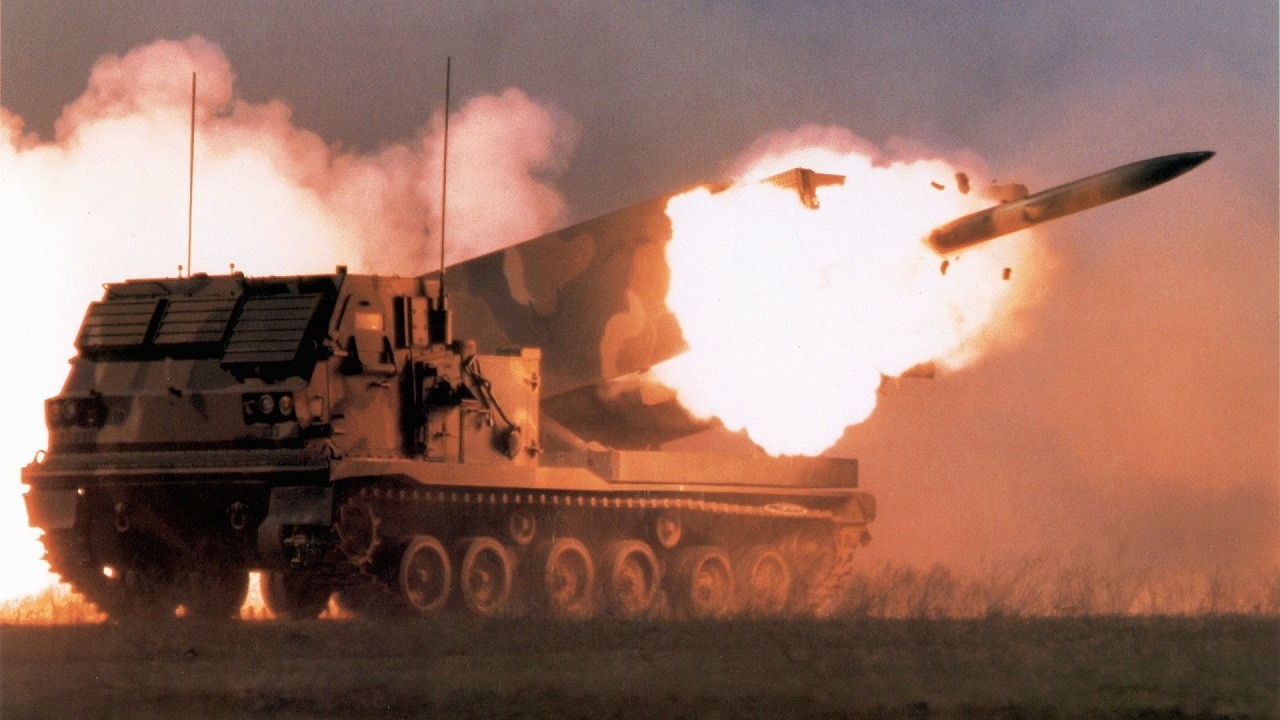While Russia’s fourteen-plus month-long invasion of Ukraine has already inflicted immense suffering and loss across the country, the long-term impacts of the war will engulf Ukraine for years to come. Over the last year, Russian forces have deployed enough landmines and unexploded ordnance to cover upward of 30 percent of Ukrainian territory.
Described as the largest distribution of such mines since World War II, Moscow’s actions could devastate Ukraine for decades to come. The area primarily affected by these vast amounts of unexploded ordnance is the Kharkiv region, Ukraine’s second-largest city.
Russian troops deployed landmines to slow down Ukraine’s counteroffensive efforts and to defend their own positions. According to the region’s State Emergency Service, at least 121 civilians have been injured by landmines in Karkiv alone. This number will increase as more are detonated during this invasion and continuing over the years. The situation in Kharkiv is a magnification of the greater unexploded ordnance issues in the country.
How are Landmines Used?
Designed to destroy and disable enemy targets and personnel, landmines are explosive devices camouflaged on the ground. Since these weapons can indiscriminately explode, over 80 percent of the world’s countries adhere to a landmine-banning treaty. Russia is one of the minority countries that is not a signatory to the 1997 Mine Ban Treaty. Human Rights Watch has confirmed that Moscow has deployed at least seven types of antipersonnel mines across Ukraine, including Donetsk, Kharkiv, Kyiv, and Sumy. In 2014, Russian-aligned fighters used antipersonnel, anti-vehicle, and victim-activated booby-traps in eastern Ukraine. Russian forces have repeated this effort in its current invasion.
Among the landmines used by Russian forces are the POM-2 and POM-3 mines, which have been indiscriminately fired from ground launchers or dropped by aircraft. Equipped with a seismic sensor that triggers the ordnance when footsteps are detected, the POM-3 is extremely lethal and can expel shrapnel up to around 15 meters. The POM-2 mine is comprised of a cylindrical cast-steel cup that contains the explosive charge.
Once detonated, the mine’s cylinder fragments. Since Russian troops have been scattering both types of landmines in random swaths across the country, they are extremely difficult to detect.
Ukrainian Forces Also Used Banned Landmines in the War
The report elaborated that “Russia is the only party to the conflict known to have used banned antipersonnel mines, while both Russia and Ukraine have used anti-vehicle mines,” Human Rights Watch reported, adding that “Ukraine appears to be abiding by its obligations as a member of the international treaty prohibiting antipersonnel mines, which it ratified in December 2005.”
However, a more recent Human Rights Watch report indicates that Ukrainian forces have also used rocket-fired antipersonnel landmines. As explained by Arms Division director Steve Goose, “Russian forces have repeatedly used antipersonnel mines and committed atrocities across the country, but this doesn’t justify Ukrainian use of these prohibited weapons.”
In 2022, U.S. aid helped clear out more than 500 landmines and other explosive ordinances from Ukrainian territory. However, this is just a fraction of the number of landmines deployed as a result of Moscow’s invasion. According to the U.S. State Department training, equipment, and educational resources about landmines were provided to Ukrainians. Once the war ultimately concludes, a massive coalition of de-landminers is necessary to make Ukrainian grounds more secure.
Maya Carlin, a Senior Editor for 19FortyFive, is an analyst with the Center for Security Policy and a former Anna Sobol Levy Fellow at IDC Herzliya in Israel. She has by-lines in many publications, including The National Interest, Jerusalem Post, and Times of Israel. You can follow her on Twitter: @MayaCarlin.

